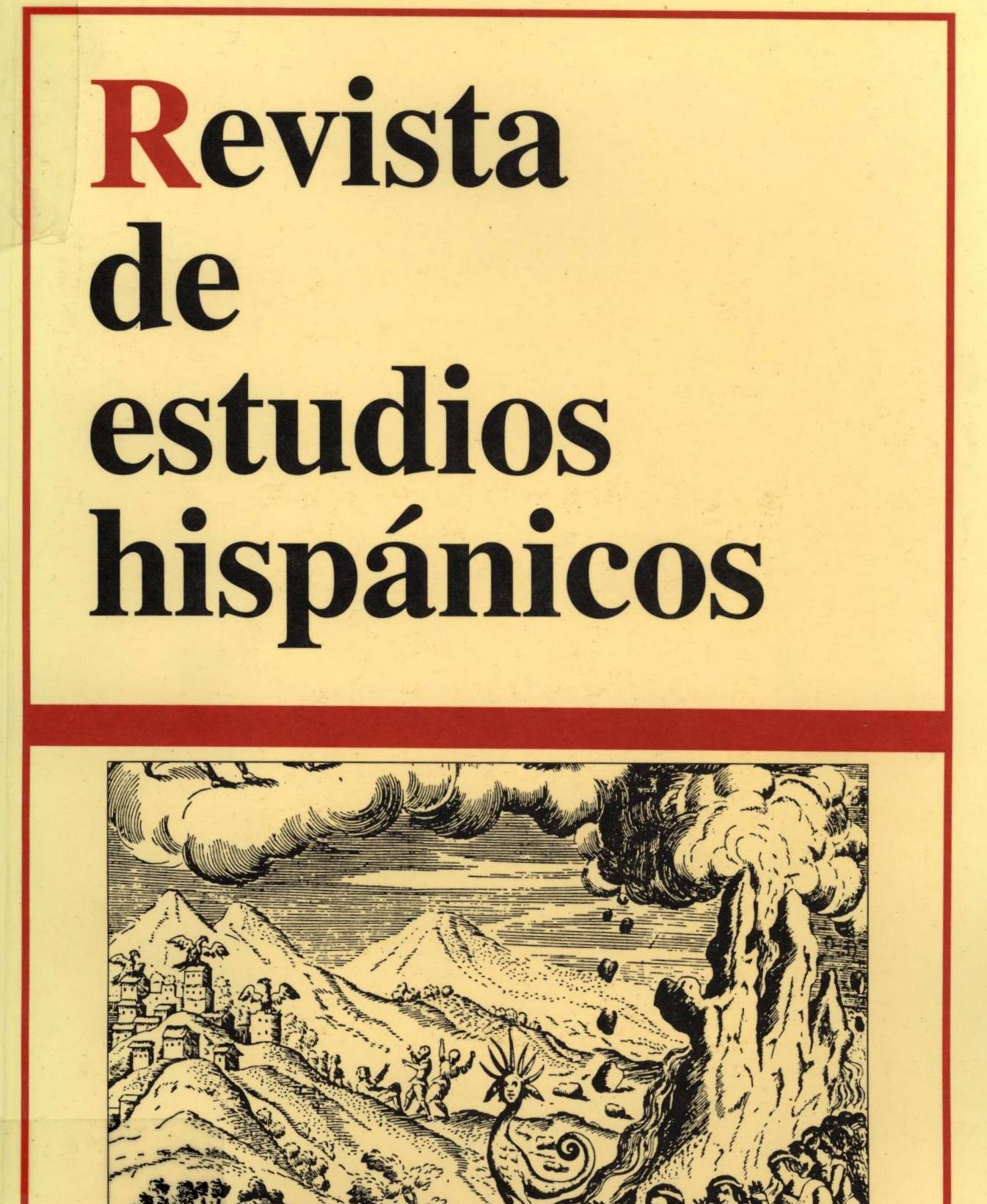Resumen
Since its publication in 1981 much has been written on Isabel Allende's La casa de los espíritus.1 The vast majority of critical works have focused on the construction of male and female characters and their implications for the ideology of the novel which has been overwhelmingly characterized as progressive. La casa de los espíritus has been defined by some critics as a "feminist" (Meyer) and "androgynous" text (Gould Levine) while others have resisted the feminist label in favor of a "feminocentric" or "gynocentric" writing which subverts patriarchal despotism and challenges social and sexual prejudices (Rojas).2 One of the very few exceptions to this predominantly positive reception of the novel is Gabriela Mora who criticizes Allende for confirming old clichés about the ahistorical role of women. While Mora reads the novel's ending in which Alba talks about destiny and the inevitable circularity of Latin American history as a sign of political conservatism, Nelly Martinez sees it as a sign of radical "matricircularity" which brings attention to the infinite possibilities of change contained in the present which lead to rebirth, transformation and healing of the whole nation.3

Esta obra está bajo una licencia internacional Creative Commons Atribución-NoComercial 4.0.

